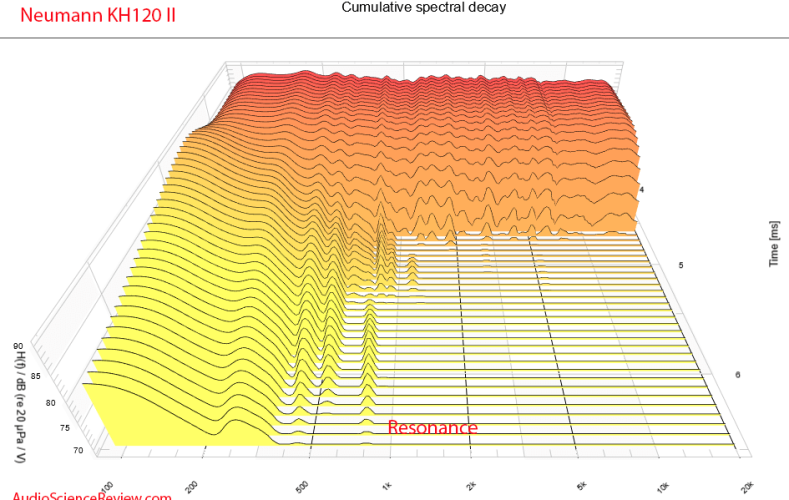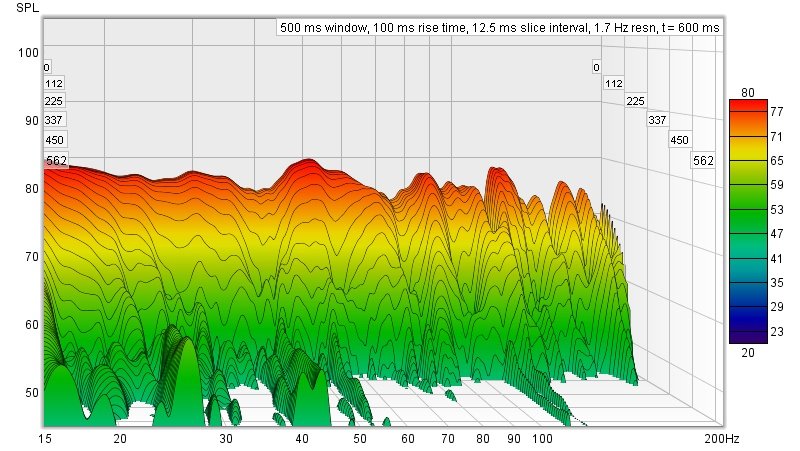In my experience, and are you seriously saying there are no differences at all between different driver types?
Firstly, I asked for reliable evidence and you’ve responded with “
my experience”, which ranks alongside anecdotes and marketing as being the very least reliable evidence. Imagine if science was based on nothing but whatever any scientist claimed to be their experience, that’s pretty much the opposite of science and how facts were discerned in the dark ages. If you’re going to make a claim about technology here and can’t back it up with anything other than “
my experience”, then the basic principles of science dictate we treat is as a BS claim. Secondly, I did not “
seriously say” anything about differences between driver types, I have not made any claims/assertions and therefore have no responsibility/requirement to provide any reliable supporting evidence. Burden of Proof, your claim of “definitely” is BS without it!
Why have engineers made different tech (for iem's especially) isn't it because each have different strengths/applications?
That is a classic example of an “Argument from Ignorance” fallacy. Effectively: “
I don’t know what other explanation there could be, so it must be this one”. That is a strange position to take, because the audiophile world has famous examples that provide another explanation. There is the different tech for amps, tubes and solid state, each have different strengths/weaknesses but both are audibly transparent (unless deliberately designed not to be). R2R vs DS is another example with DACs. The reason why engineers make these different techs today is because marketing departments tell them to. What reliable evidence do you have this typical audiophile reason/explanation isn’t the case with IEMs?
While I understand bias, at least from a layman’s perspective, I do feel that the difference in sound between different driver types is real when it comes to bass nuances.
That is just a re-wording of your previous rationale and also virtually identical to the fallacious argument used by audiophile reviewers. Do you have any reliable evidence to support that assertion? This is why I tend not to participate much in these types of discussions about IEMs, they can’t really be DBT’ed and due to measurement uncertainties/inaccuracies convincingly demonstrating claims of “nuances” is tricky. Likewise, I can’t prove there is no sonic differences between different driver types in IEMs, which is why I’m not claiming that to be the case. So I’m taking the scientific/rational approach of skepticism, the default position that it’s marketing/BS until reliably demonstrated otherwise. Again though, I’m no expert in the field of measuring IEMs and there may well be reliable evidence (which demonstrates the claims) that I’m simply unaware of, hence why I’m asking for reliable evidence. So far all I’ve been given is the most unreliable anecdotal evidence and fallacies, which is the typical audiophile response when the claims are false.
Thank you for digging up the 711 related specs, that is very interesting. The 711 coupler is always used over the typical 20 Hz to to 20 kHz range but the spec indicates that it is designed for 100 Hz to 10 kHz, there may very well be a clue right there alongside the other aspects of testing limitations that you mentioned.
You’re welcome. Logically that must always be step one, “
digging up” what the measurement is actually measuring (and what it’s not measuring). Again though, don’t take my word for it, especially as I don’t know the subject well! For example, I notice there are additional IEC specs that extend the range (EG. IEC 60318-8 extends it to 16kHz), although that’s quite recent and in my cursory research, I’ve only seen IEC 60318-4 cited.
G
 BS audiophile reviews hardly ever mention the possibility of biases but on those rare occasions when they do, your last sentence is pretty much a verbatim quote! Many have been bitten on the a$$ by that one.
BS audiophile reviews hardly ever mention the possibility of biases but on those rare occasions when they do, your last sentence is pretty much a verbatim quote! Many have been bitten on the a$$ by that one. 












